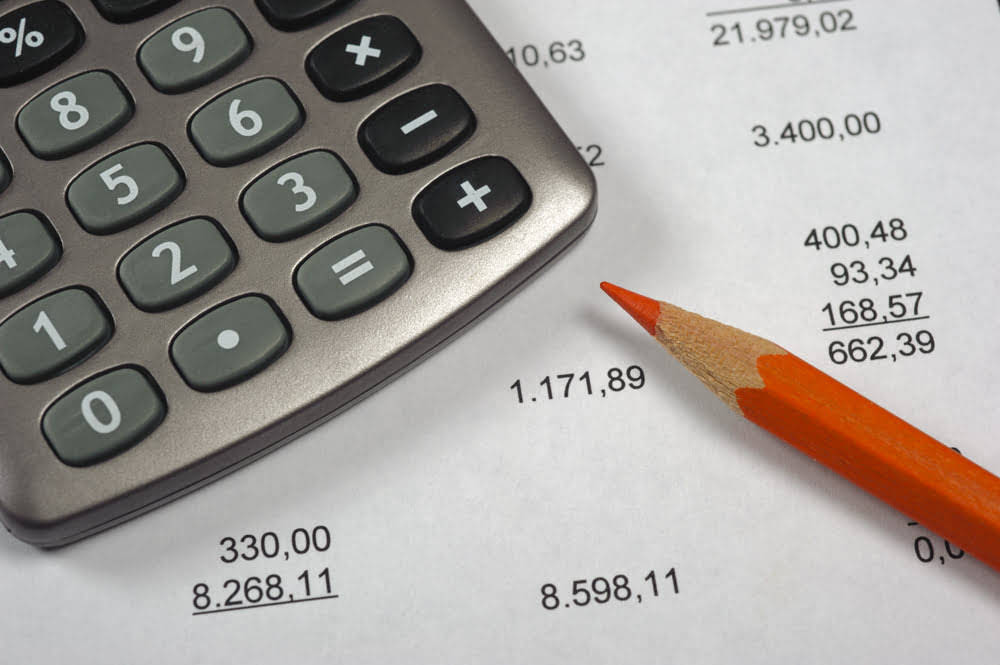
There is further criticism on the combination of two different approaches (zero growth and non-zero growth) [26]. These deductions reduce a taxpayer’s taxable income for a given year or defer income taxes into future years. Tax shields lower the overall amount of taxes owed by an individual taxpayer or a business. The first impulse for the development of different approaches how to quantify tax shield, was the theory of Modigliani and Miller [6]; the authors created the first widely accepted theory of capital structure. The model assumes perfect capital market, risk-free interest rate and zero taxation of corporate income.
Reconsidering the appropriate discount rate for tax shield valuation
In the next years, the cash flow resulting from tax benefits is stochastic and the risk of this flow corresponds to the operational risk of the company. Under the conditions of emerging markets, the tax shield represents a significant source of value and is therefore part of several methods of investment decision analysis. In addition, other methods of investment decision-making may be adjusted for the existence of a tax shield, like risk analysis [41, 42, 43, 44]. Kaplan and Ruback [13] have logically pursued the previous model. They compared the market value of MBOs (management buyouts) and leveraged recapitalization to the discounted value of their corresponding cash flow forecasts. To estimate the present value of these cash flows, they used the discount rate based on capital asset pricing model (CAPM).
1. Fernandez model for book leverage ratio
That interest is tax deductible, which is offset against the person’s taxable income. Tax shields allow for taxpayers to make deductions to their taxable income, which reduces their taxable income. The lower the taxable income, the lower the amount of taxes owed to the government, hence, tax savings for the taxpayer. Taxpayers who have paid more in medical expenses than covered by the standard deduction can choose to itemize in order to gain a larger tax shield.
Tax shield valuation theories with book value of debt
But, first, do the calculation of Tax Shield enjoyed by the company. APV is a way for businesses to look at their value in a similar way. It starts by figuring out what a company is worth just based on its business operations—as if it had no debt at all. Then, it adds or subtracts value based on how the company is financed. Local taxes (VAT) are calculated in later steps, if applicable. Open Access is an initiative that aims to make scientific research freely available to all.
- By making research easy to access, and puts the academic needs of the researchers before the business interests of publishers.
- For example, because interest on debt is a tax-deductible expense, taking on debt can act as a tax shield.
- In the next years, the cash flow resulting from tax benefits is stochastic and the risk of this flow corresponds to the operational risk of the company.
- In the final step, the depreciation expense — typically an estimated amount based on historical spending (i.e. a percentage of Capex) and management guidance — is multiplied by the tax rate.
- The tax shield is quantified as the sum of taxes paid on interest (corporate tax rate times interest).

Therefore, debt has a stochastic character because its value is estimated only with some probability and is unknown in all periods, including the first one. The company value, as well as free cash flow, is stochastic and the company rebalances its capital structure regularly (most frequently every year) to maintain the target leverage. Therefore, the value of debt is known only in the first period; this cash flow is deterministic. In other periods, the value of debt is unknown, so the key component (debt) is stochastic. The tax shield also has deterministic nature in the first period, and in other periods it is stochastic. The market value of debt is known and debt is perfectly correlated with the value of interest tax savings.
- The 2% difference makes income of $80 and another $100 is made by the return on equity capital.
- A person buys a house with a mortgage and pays interest on that mortgage.
- Let us take the example of another company, PQR Ltd., which is planning to purchase equipment worth $30,000 payable in 3 equal yearly installments, and the interest is chargeable at 10%.
- Taxes paid by unlevered companies have a lower risk than ECF (hence a different discount rate).
- If the tax rate would not change, then the marginal benefit resulting from the debt is equal to the tax rate, and the value of company changes in proportion to the value of debt.
How Can APV Be Used by Corporate Managers for Capital Budgeting?
The ability to use a home mortgage as a tax shield is a major benefit for many middle-class people whose homes are major components of their net worth. It also provides incentives to those interested tax shield in purchasing a home by providing a specific tax benefit to the borrower. So, for instance, if you have $1,000 in mortgage interest and your tax rate is 24%, your tax shield will be $240.
Financial Management from an Emerging Market Perspective

Calculation of Tax Shields Using the Method of Adjusted Present Value


